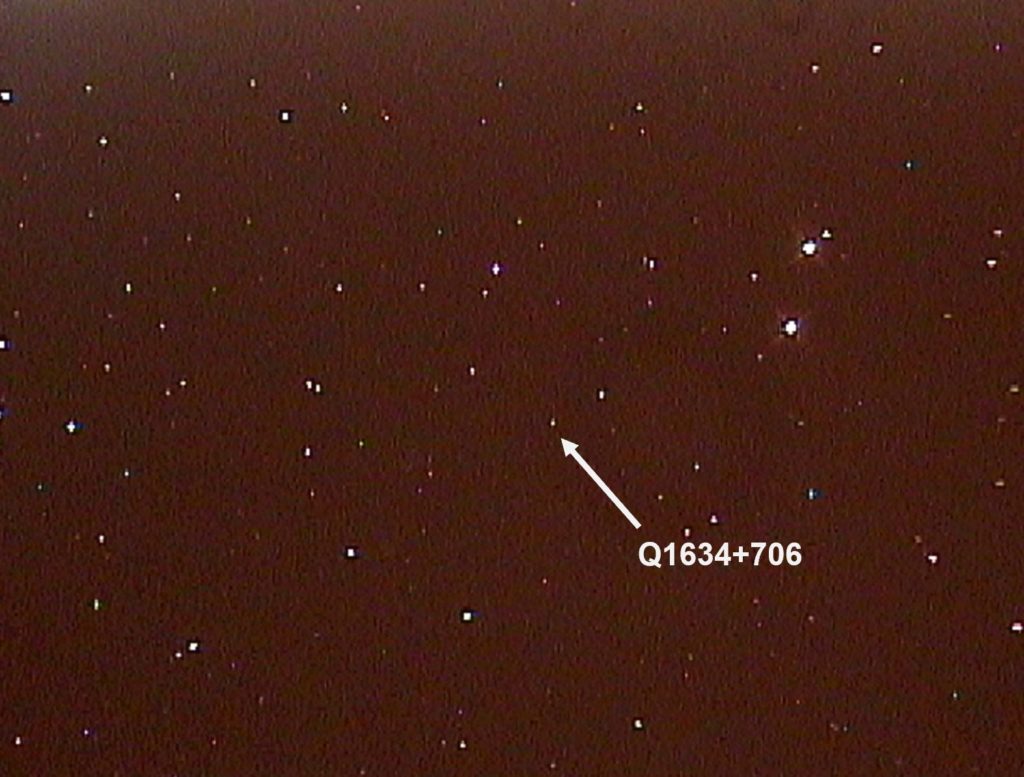
Electronically-assisted astronomy (EAA) is a relatively new and often misunderstood pastime, one that lies somewhere in the continuum between strictly visual observing and hard-core astrophotography. Simply put, EAA allows you to see what would otherwise not be possible to see using an eyepiece alone. It’s an ideal way to complement purely visual observing, and it’s perfect for stargazers who don’t have the visual acuity or patience to look through an eyepiece.
Because, of course, with EAA you’re not looking through an eyepiece: a camera collects the light and converts it to an electronic signal that’s displayed on a computer screen or video monitor. But it’s not as demanding as serious astrophotography with its long exposures, painstaking guiding, and time-consuming post-processing. EAA lets you see a lot more with a relatively small telescope. And with the right filters, you can even cut through the dismal grey background of light-polluted city skies. I’ve used EAA techniques, for example, to snap images of 16th-magnitude quasars more than 8 billion light years away using a very modest 6-inch telescope in the middle of a big city where I was lucky to see 4th-magnitude stars without optical aid.

In the early days of EAA, serious amateur astronomers used off-the-shelf webcams to get real-time images of the Moon and planets. Then came much more sensitive CCD video astronomy cameras that provided quick and colorful images of deep-sky objects in a matter of a few seconds. Now a new crop of affordable cameras are arriving based on the mass-market but sensitive CMOS sensors used in digital cameras. Combined with free control and imaging software, these new cameras are making it easier to get into EAA without spending a lot of time and money.
But still, there is a learning curve. As with most things in amateur astronomy, there’s plenty of information on the forums and websites, some of it confusing, some contradictory, and some just plain wrong. So where should a newcomer to EAA get started? With this excellent overview article, written in a Q&A format, with an experienced EAA expert and amateur astronomer who knows what he’s talking about. I hope you learn from it and share it with other astronomers who may be interested in this relatively new way to observe the night sky. Here’s the link: